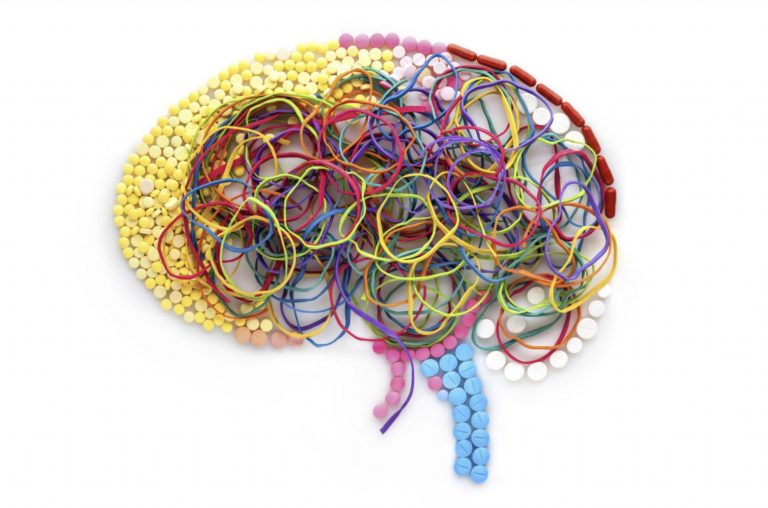Many people find it easy to judge people suffering from addiction as morally bankrupt, social pariahs, or simply as criminals. From a societal standpoint, they are often considered no more than victims of their own poor decisions. Driven by the growing harms of the opioid epidemic, however, science offers us a different explanation.
Addiction, scientists argue, actually has a complex set of causes ranging from trauma to basic biology and, at the end of the day can be best understood as a brain disease. By restructuring our understanding of addiction through this lens, we not only become better able to address the suffering it causes individuals and families, but also step back from the judgment that leads us to reject our neighbors in their time of need.
The Neurology Of Self-Control And Pleasure
In order to begin understanding addiction, we first need to look to a particular part of the brain: the prefrontal cortex. This is one of the last areas of the brain to fully develop, around age 25 or 26, which is one reason that teenagers tend to struggle with self-control, planning, and other executive functioning processes.
For individuals who struggle with addiction, this part of the brain may not be performing its job effectively. Delayed or underdeveloped, the addict’s brain struggles with delayed gratification and considering consequences. The addict’s brain may also overexaggerate negative emotions, triggering a desperate search for dopamine. A similar response is also found in people with ADHD, who also struggle with executive functioning, and who have a higher than average rate of drug addiction.
Chemical Mechanisms
While neurological differences may, to some extent, explain the origins of addiction, understanding the chemical processes happening within the brain can also help us tackle the problem of treatment.
In mouse models of addiction, scientists funded by the Brain Research Foundation have found that an antidepressant that targets a particular serotonin receptor, 5-HT2CR, helps to curb opioid cravings in rats. Drug-assisted recovery practices are already changing the landscape of addiction treatment, but because this antidepressant, mirtazapine, is already in use, it represents a highly accessible option. Even if used off-label, it is already approved for human use, unlike many new interventions.
It makes sense that an antidepressant would be an effective treatment for many people struggling with addiction. For many who struggle with this condition, childhood trauma and mental illness are key precursors to drug use. Trauma can include a wide range of harms, from abuse within the home to poverty, loss of a loved one, or witnessing violence in the community – and when these issues are combined with other biological forces, we see the full scope of what is known as the biopsychosocial model of illness. This model points to how multiple forces can coalesce and result in a certain outcome; trauma may not cause an individual without any biological predisposition to become a drug addict, but when the two intersect, it becomes more likely.
While saying that addiction is a brain disease may be an oversimplification of the research to some extent, it is certainly a more accurate framework than viewing it as a moral failing. The more we continue to research the processes underlying addiction, the better we will understand its biological roots and be able to help those who are struggling to quell the cravings that control their lives.

0 Comments